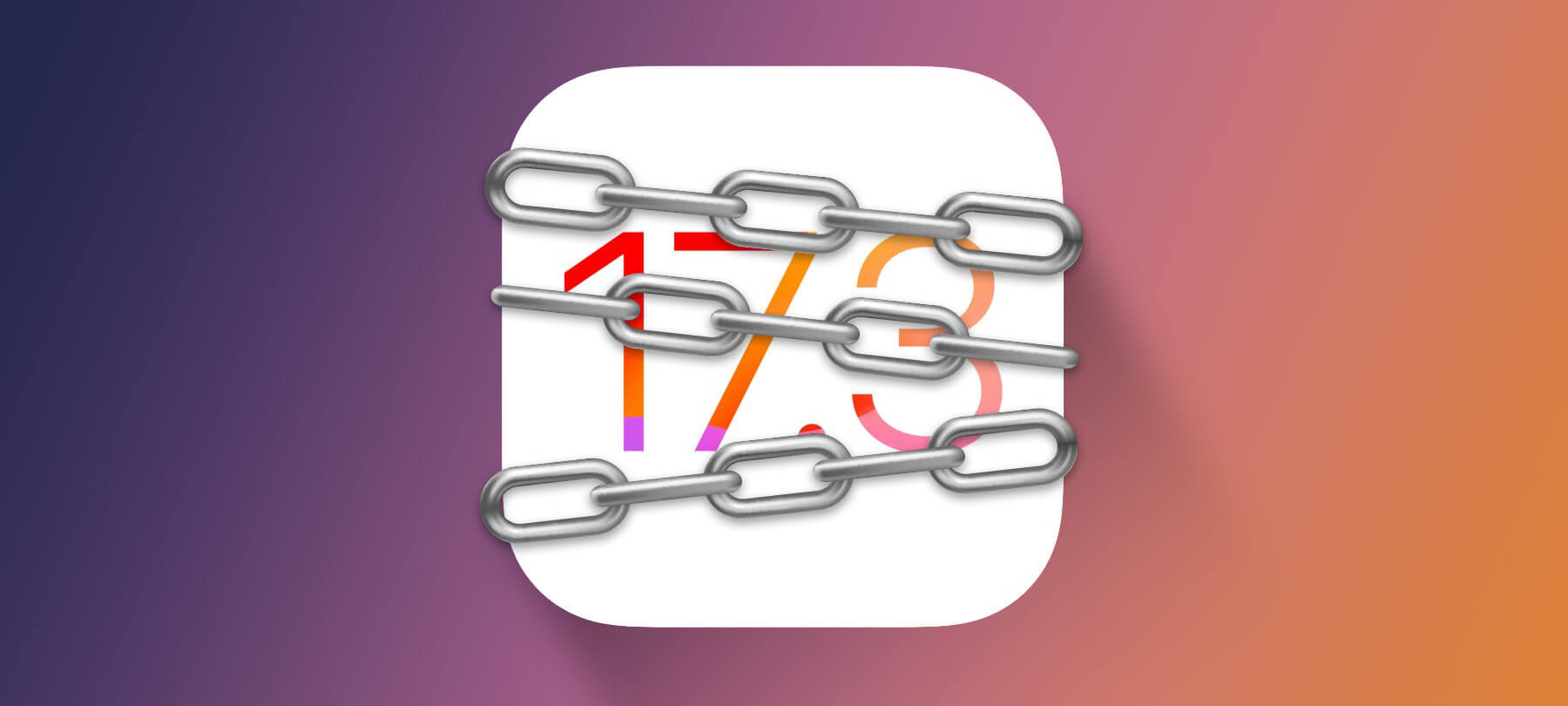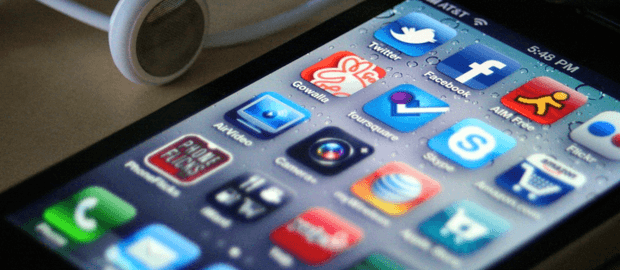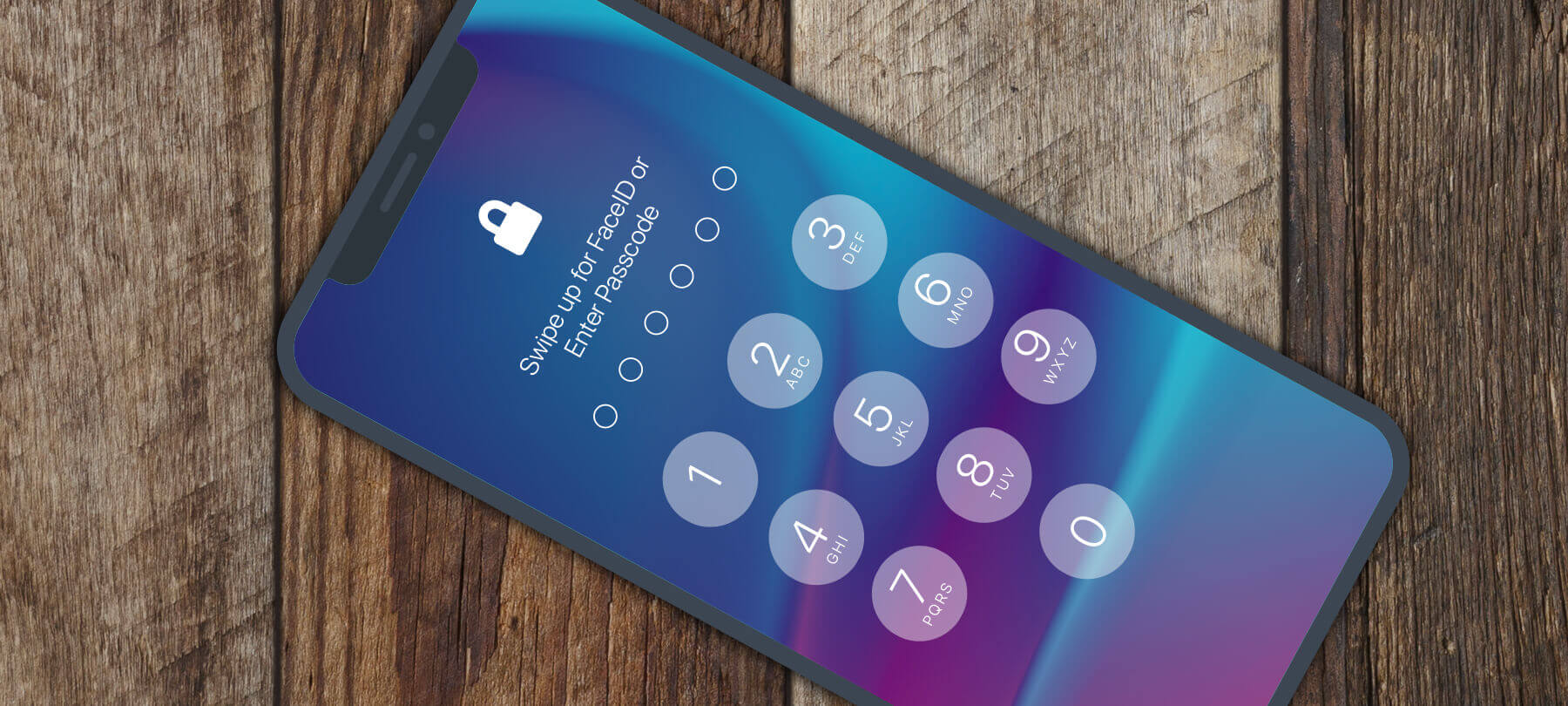
Enhanced Security: iOS 17.3 Introduces Stolen Device Protection for iPhones and iPads
In a bid to enhance security measures and safeguard user data, Apple has unveiled an innovative solution with the release of iOS 17.3. This new feature aims to protect Apple IDs from being compromised in the event of a device theft or loss. By using advanced security protocols, users can now reduce the risk of someone accessing their phone or potential data being used if their device is stolen.
In this article, we’ll cover everything you need to know about the latest update, including what Apple had before, what new protections have been added in iOS 17.3, and how exactly to enable these features on your phone. Let’s dive in!
Previous Stolen Device Protection Features From iOS
Before iOS 17.3 was released, Apple had already implemented some security measures to protect users in case their device was stolen or lost. These included Find My iPhone, Activation Lock, and remote wipe capabilities.
Find My iPhone allows users to locate their missing devices using GPS technology, while Activation Lock prevents unauthorized access to a stolen device by requiring the original owner’s Apple ID and password. Additionally, users could remotely wipe their devices to protect sensitive data.
However, these features were not foolproof, as thieves found ways around them. The biggest issue was that someone could learn the passcode to your phone, steal your iPhone, and then lock the person out of being able to access their Apple ID, which made it almost impossible to track or retrieve the device. With the newest update, thieves won’t be able to do this anymore or access any important personal information without biometric authentication.
What’s New in iOS 17.3?
With the introduction of iOS 17.3, Apple has added a new layer of security called Stolen Device Protection.
Stolen Device Protection is a cutting-edge security feature introduced in iOS 17.3 to safeguard Apple devices in the event of theft or loss. When activated, this feature imposes additional security measures when the iPhone is not in familiar locations, such as home or work, to prevent unauthorized access and critical changes to the user’s account or device.
By utilizing Face ID or Touch ID biometric authentication, certain actions like accessing stored passwords and credit cards necessitate biometric verification without any passcode alternative, ensuring that only the authorized user can access these features.
Furthermore, Stolen Device Protection incorporates a security delay for sensitive operations like changing the Apple ID password, requiring a one-hour waiting period and a subsequent biometric authentication. This delay works to stop unauthorized activities and allows users to mark their device as lost while securing their Apple account. Notably, when the device is in familiar locations, these additional security steps are bypassed, enabling the use of the device passcode as usual.
To benefit from Stolen Device Protection, users must enable this feature before their device is lost or stolen. Once enabled, the passcode fallback is removed for accessing critical aspects of the Apple ID or device settings.
Additionally, it enforces biometric authentication without a passcode fallback for specific operations, thereby mitigating the risk of financial loss or compromise of the user’s Apple ID. This proactive security enhancement empowers users with greater control over their device and data, offering peace of mind in the face of potential security threats.
How to Enable Stolen Device Protection on your iPhone
To enable Stolen Device Protection on your iphone, follow these simple steps:
- Go to Settings and select Touch ID & Passcode or Face ID & Passcode, depending on your device.
- Enter the passcode for your device
- Toggle the switch for Stolen Device Protection to turn it on.
Troubleshooting Stolen Device Protection On Your iPhone
If you’re having any issues enabling these settings on your phone, here are a few steps you’ll want to take to troubleshoot the problem:
Make Sure Your Device Is Updated To The Latest Version Of iOS 17.3
First and foremost, ensure that your device has been updated to the latest version of iOS. You can do this by going to Settings, selecting General, and then tapping on Software Update. If an update is available, install it before attempting to enable Stolen Device Protection.
Use Two-Factor Authentication For Your Apple ID
To set up two-factor authentication for your Apple ID, follow these easy steps:
On your iPhone, iPad, or iPod touch:
- Go to Settings > your name > Password & Security.
- Tap Turn On Two-Factor Authentication.
- Tap Continue and follow the onscreen instructions.
On your Mac:
- Choose Apple menu > System Preferences, then click your name (or Apple ID).
- Click Password & Security.
- Next to Two-Factor Authentication, click Turn On and follow the onscreen instructions.
On the web:
- Go to appleid.apple.com and sign in with your Apple ID.
- Answer your security questions, then tap Continue.
- Tap Upgrade Account Security and follow the onscreen instructions to complete the setup.
Enable Your Device Passcode, Face ID or Touch ID, Significant Locations, And Find My
If you’re still having trouble enabling Stolen Device Protection, make sure that your device passcode, Face ID or Touch ID, Find My, and Location Services are enabled on your device. These settings are crucial for Stolen Device Protection to function correctly.
Contact Apple Support
If none of the above steps work, you can contact Apple Support for further assistance in troubleshooting any issues with enabling Stolen Device Protection on your iPhone. They will be able to provide additional guidance and ensure that your device is properly secured against potential theft or loss.
In the face of growing security threats, iOS 17.3’s innovative Stolen Device Protection feature represents a significant advancement in preserving the integrity of our valuable data and devices. Its proactive measures, which include leveraging biometric authentication and implementing a security delay for sensitive operations, offer users an enhanced sense of security.
These steps further exemplify Apple’s commitment to creating user-centric solutions that prioritize data security and privacy. While technology continues to evolve, so too does the necessity for robust security measures, and with Stolen Device Protection, iOS 17.3 offers just that.



